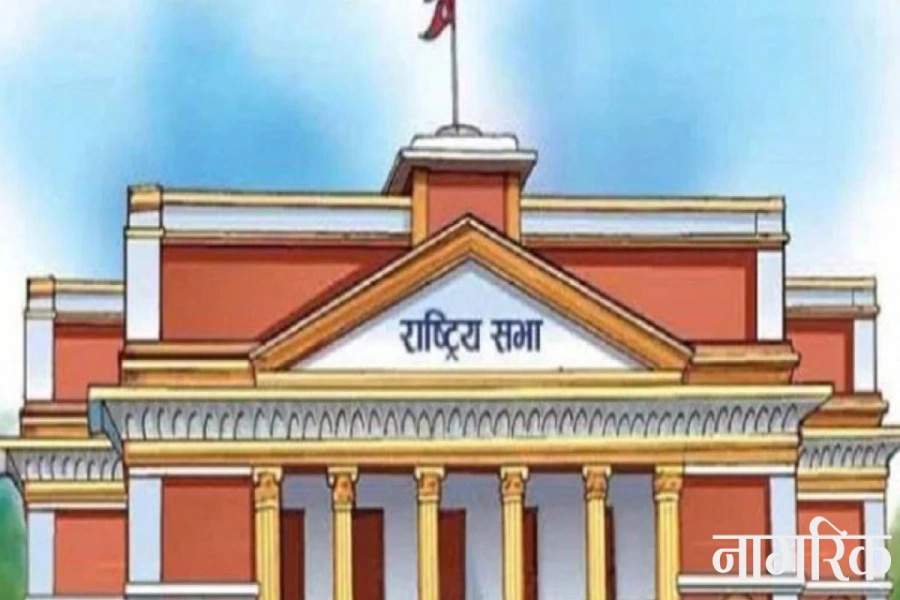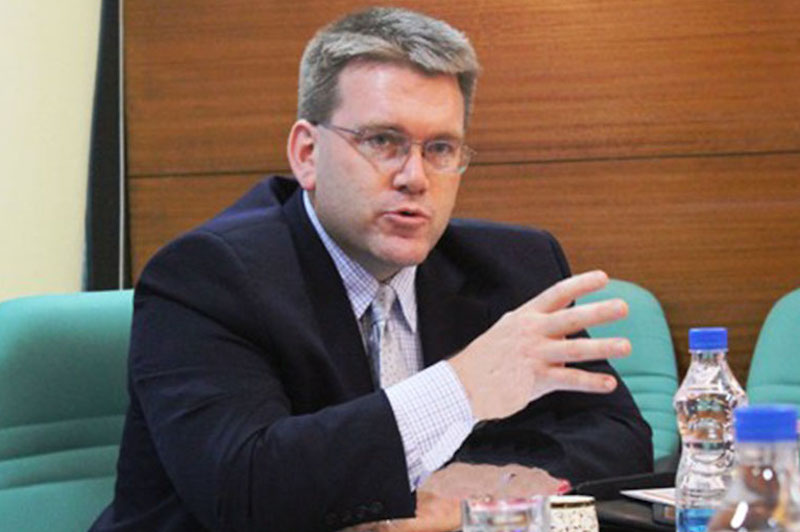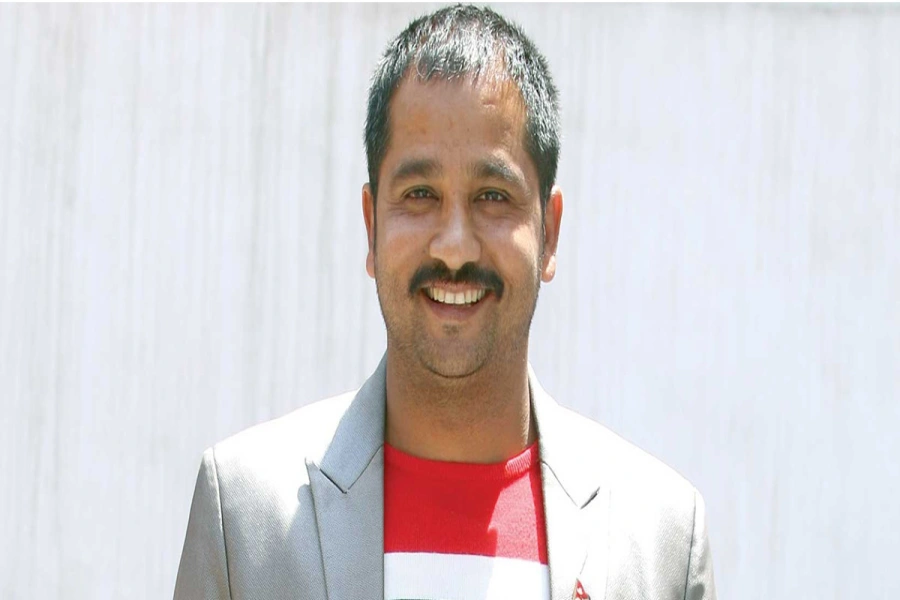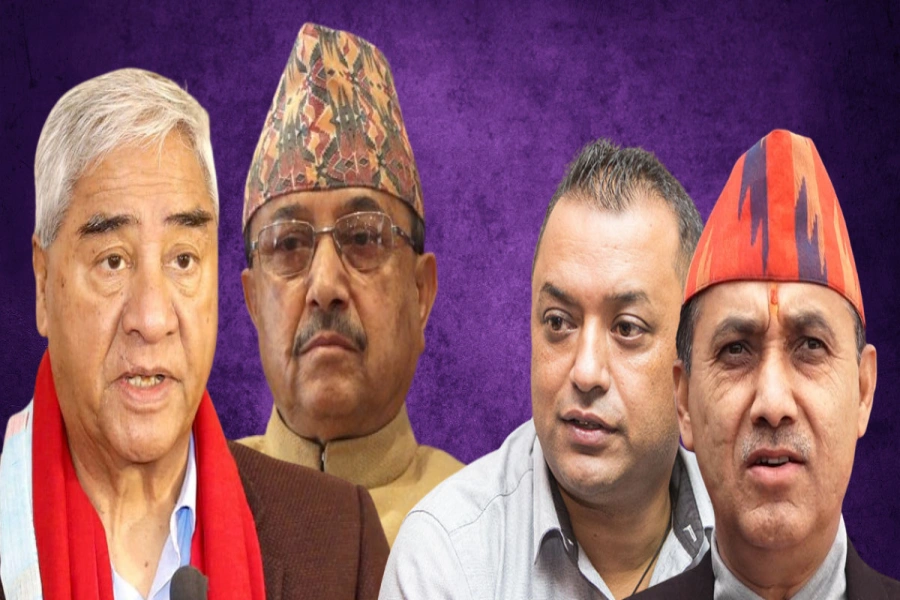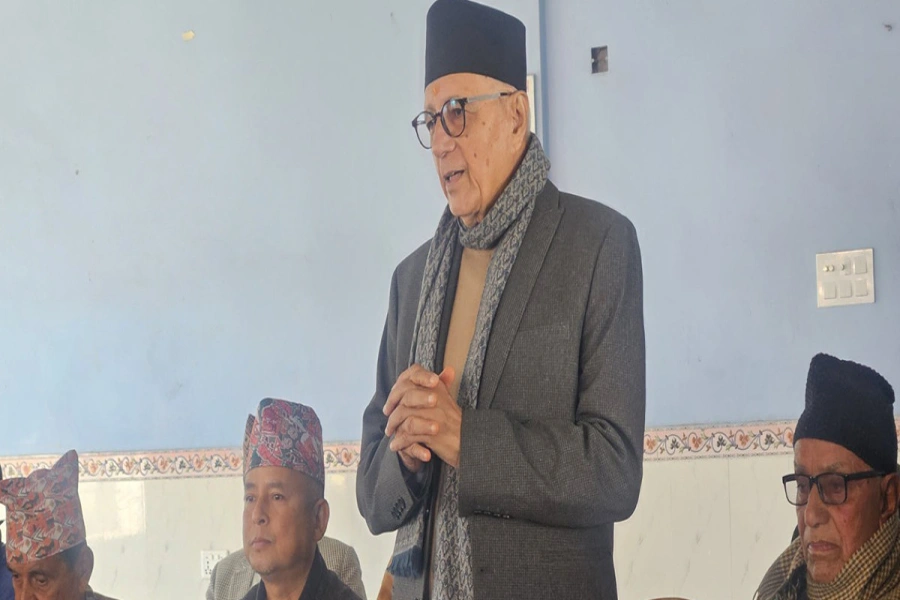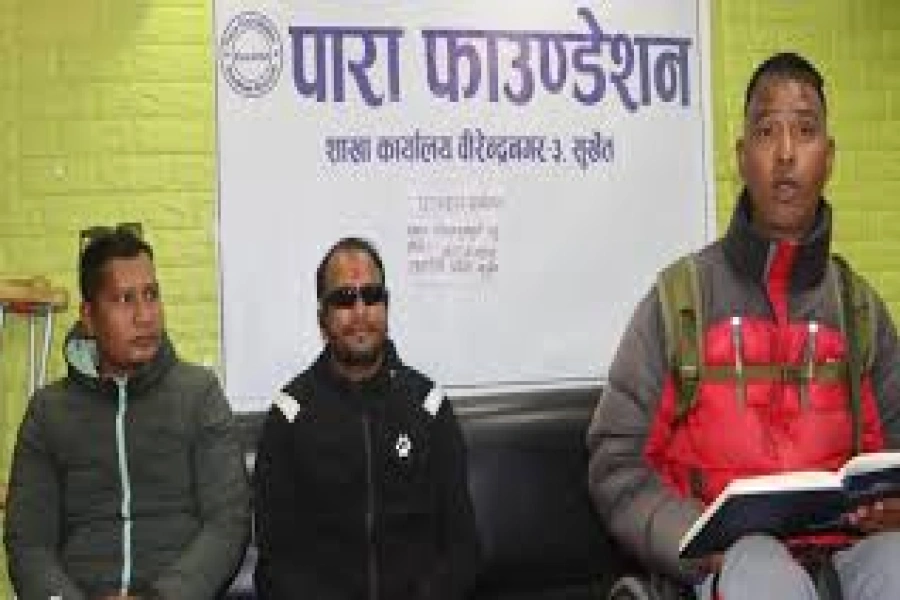The communist movement in Nepal has been a defining force in shaping the country's modern political landscape. From its origins as a revolutionary, anti-monarchical force to its rise to political power, the movement has undergone significant transformations, particularly in its ideological stance. This article will explore the historical trajectory of the communist movement in Nepal, highlighting its early development, its rise to power, and its subsequent shift from revolutionary communism to what some critics call political opportunism.
The communist movement in Nepal emerged in the late 1940s, drawing inspiration from the global rise of communism, especially the Russian Revolution of 1917 and the Chinese Revolution of 1949. This movement was a reaction to Nepal's entrenched feudal system, absolute monarchy, and pervasive social inequalities. The Communist Party of Nepal (CPN) was officially founded on September 15, 1949, in Calcutta (now Kolkata), India, by Pushpa Lal Shrestha, who played a key role in translating Marxist texts into Nepali, making communist ideology accessible to the broader population. Active from 1949 to 1962, the CPN sought to challenge the autocratic Rana regime, feudalism, and imperialism.
Initially, the communists in Nepal were small and largely marginalized, operating underground due to the autocratic Rana regime, which ruled Nepal until 1951. The Rana regime’s fall, brought about by a popular movement, opened space for political parties, including the communists, to participate in the newly emerging democratic environment. However, the party faced internal divisions early on, leading to multiple factions with differing views on the direction of the communist movement.The first communist government in Nepal, led by Prime Minister Manmohan Adhikari, was established in 1994. Although it was a minority government that lasted just nine months, this period represented a significant turning point for the UML and the broader communist movement, as they gained momentum with Adhikari's leadership.
The most significant chapter in Nepal's communist history is the Maoist insurgency, which began in 1996. Led by the Communist Party of Nepal (Maoist), the insurgency aimed to overthrow the monarchy and establish a people's republic through a violent revolution. For a decade, the Maoist guerrillas fought against the state, using rural areas as their base of operations and gaining significant support from marginalized groups who felt excluded by the traditional political elites.
Experts press for urgent transformation in school education

During this period, the Maoists, under the leadership of Pushpa Kamal Dahal (commonly known as Prachanda), mobilized large sections of the population, particularly from indigenous communities, Dalits, and women. The insurgency was not only a political but also a social revolution, challenging the traditional hierarchies of Nepali society.
By 2006, the insurgency had led to significant political changes. The royal massacre of 2001, followed by King Gyanendra's attempts to consolidate power, had disillusioned many Nepalis, leading to mass protests. The Maoists capitalized on this sentiment, and through the 2006 People’s Movement (Jana Andolan II), they joined forces with the mainstream political parties, which led to the signing of the Comprehensive Peace Agreement (CPA). This agreement ended the civil war, and the Maoists entered mainstream politics, participating in the 2008 Constituent Assembly elections.
In 2008, Nepal was declared a federal democratic republic, abolishing the centuries-old monarchy. The Maoists emerged as the largest party in the Constituent Assembly elections and formed the government, marking the first time a communist party had come to power through electoral means in Nepal.
However, once in power, the Maoists and other communist factions faced the challenge of transitioning from a revolutionary movement to governing a democratic state. This period saw the gradual erosion of their revolutionary ideals. The Maoists, now operating within the framework of a multiparty democracy, began to prioritize pragmatic governance over the radical social and economic transformations they had once promised.
This shift marked the beginning of a phase of "opportunism" in the communist movement. The leadership, particularly Dahal and his inner circle, were accused of abandoning the principles of Marxism-Leninism and Maoism in favor of personal and political gains. Internal factionalism grew within the party, with many accusing the leadership of being more concerned with securing political power than advancing the revolutionary goals of social equity and justice.
Over the years, the once-unified communist movement fractured into several splinter groups. The Maoist party split multiple times, and the Communist Party of Nepal (Unified Marxist Leninist), or CPN-UML, another major communist faction, also faced internal divisions. The coalition politics that emerged from these splits led to shifting alliances, and the communist leaders often engaged in compromises that many see as contradictory to their earlier revolutionary rhetoric.
In 2018, the Maoist Centre and the Communist Party of Nepal (Unified Marxist Leninist) merged to form the Nepal Communist Party (NCP), which secured a decisive victory in the general elections. This unification was viewed as a tactical consolidation of power rather than a genuine ideological alignment. Despite their dominance, the NCP faced numerous challenges, including corruption scandals and unmet promises of reform.
The situation came to a head in 2020 when power struggles between Oli and Prachanda resulted in the dissolution of the NCP. By 2021, the party officially split, returning to the factionalism that has long plagued Nepal’s left-wing politics.
Today, the communist movement in Nepal reflects a transformation from a radical force for change to a more pragmatic political entity. While it played a crucial role in dismantling the monarchy and establishing a democratic republic, its leaders struggled to uphold revolutionary ideals amid the realities of governance. As the country continues to face poverty, inequality, and underdevelopment, the future of Nepal’s communist parties hangs in the balance, raising the question of whether they can reconnect with their original mission or remain defined by political compromise.




